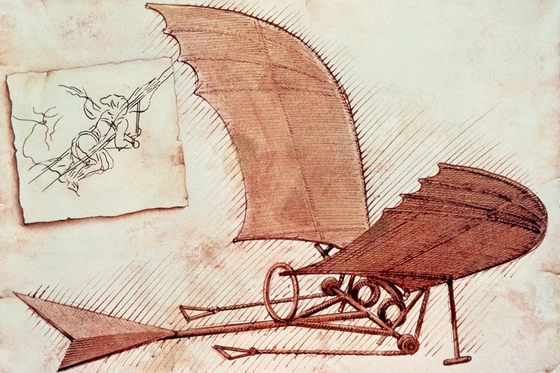 |
| One of Davinci's flying machines |
On February 15th, 1914, Lieutenants J. C. Carberry and W. R. Taliaferro set a new Army altitude record in a Curtiss biplane, ascending to 8,700 feet. From the beginning of powered flight in 1903, it had taken a mere 11 years to ascend beyond the cruising altitude of most birds.
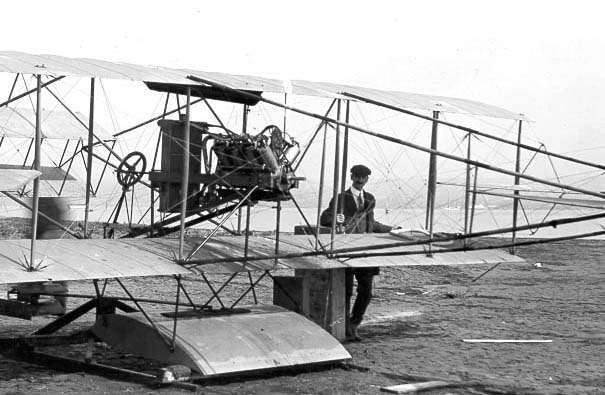 |
| Curtiss and one of his biplanes |
Like many records, this one was set by courageous explorers utilizing the best engineering a nation had to offer. And like many advances in aerospace history, what was one day dangerous and groundbreaking would soon become unremarkable in every aspect except its accessibility. For example, Telluride airport is located 9,070 feet above sea level -- higher than Carberry and Talieferro's record-breaking flight -- and serves over 20,000 passengers per year.
 |
| Telluride Airport |
The pattern continued. In August 1963, a North American X-15 rocket plane piloted by Joe Walker flew to an unofficial altitude record of 354,199 feet. This met the internationally agreed definition of space flight, and Mr. Walker was awarded a set of astronaut wings.
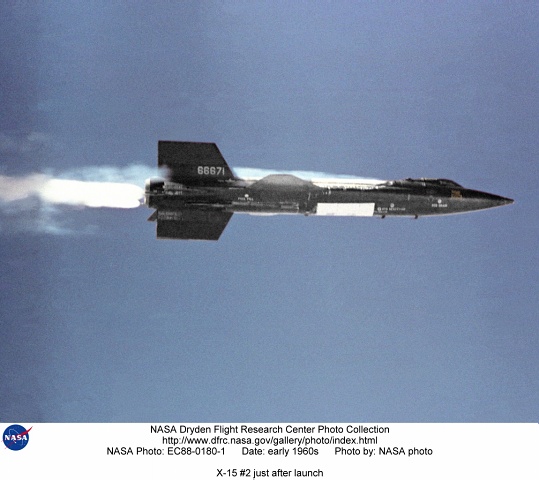 |
| North American X-15 |
In October 2004, test pilot Brian Binnie flew Scaled Composites' Space Ship One to an altitude of 367,440 feet, beating Joe Walker's record and opening up an era of commercial space travel to any joy rider who can spare $200,000.
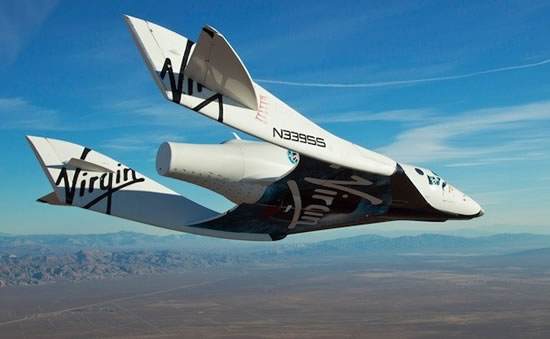 |
| Virgin Galactic Space Ship Two. Now taking reservations! |
But in this race for the stars, we may be missing something. By looking ever upward, we remain blind to the wondrous discoveries which lie deep in our own oceans. The potential is huge -- discoveries of wondrous new species, chemical compounds useful as medicines, and an understanding of our history lie beneath the surface.
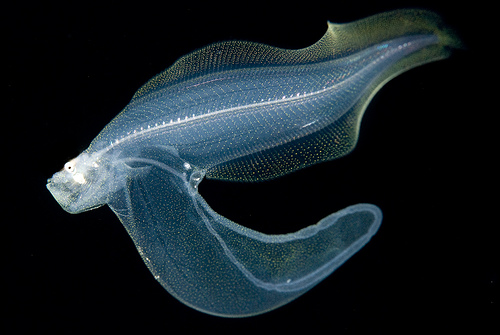 |
| Deep Sea Cusk Eel |
We'd better get started.
I enjoy reading your weekly blogs a lot. They are very informative and you seem to know a lot about aerospace. I like the fact that you put a lot of links as well as a lot of pictures in all the blogs you write. Not only do I get to learn about different things in aerospace history but I also get to see exactly what you are talking about when you describe something. I think of myself as more of a visual learner so I appreciate you put pictures along side of your descriptions. I like how your ideas as well as your sentences flow well throughout your entire blog. Everything makes sense grammatically there seems to be no errors. Good job and keep blogging.
ReplyDeleteI like how in this particular post you brought your audience (aerospace enthusiasts) sort of "down to earth." It's great how you acknowledged that there is always more to be discovered. I love the ocean and am a salt water fish/reef hobbyist so this definitely made me smile.
ReplyDeleteKeep up the excellent writing!
Elma
Thanks y'all! Much appreciated.
ReplyDelete